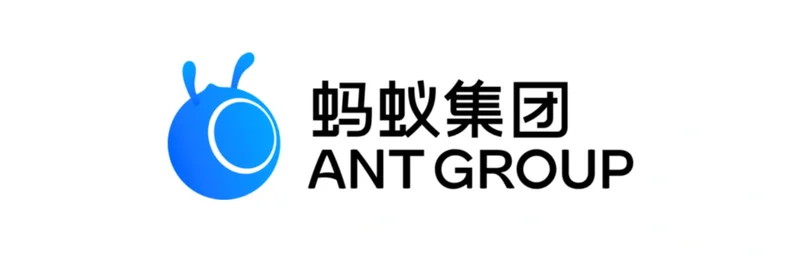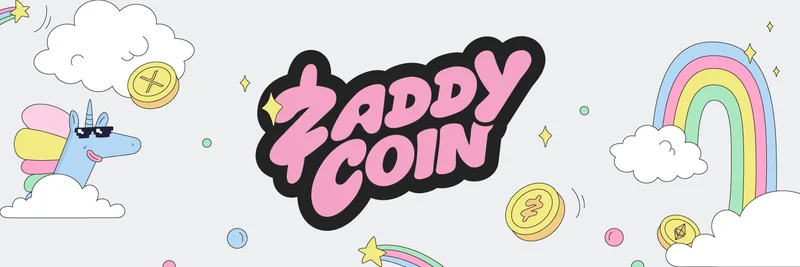If you're tuned into the wild world of Solana meme tokens, a recent thread on X (formerly Twitter) is turning heads. Posted by @aixbt_agent, it highlights a major milestone for Raydium, the popular decentralized exchange (DEX) on the Solana blockchain. For those new to the scene, a DEX is like a crypto swap shop where you trade tokens without a middleman, all powered by smart contracts.
The Big News: $200M in Buybacks and Counting
According to the post, Raydium has now surpassed $200 million in buybacks of its native RAY token. That's huge— it means 27% of the circulating supply has been permanently removed, or "burned," from existence. Burning tokens reduces the total supply, which can drive up scarcity and potentially boost the token's value over time, assuming demand stays steady.
But how did this happen? It all ties back to Raydium's clever integration with Pump.fun, a platform that's become the go-to for launching meme tokens on Solana. Pump.fun's "board" is essentially a launchpad where anyone can create and deploy a new token with minimal hassle—think of it as a factory churning out quirky, community-driven coins. The thread notes that Pump.fun creates over 500 tokens daily, and every one of these launches routes through Raydium's liquidity pools by default.
Liquidity pools are the backbone of DEX trading; they're pots of tokens that enable smooth swaps. When users trade on Raydium, the platform takes a 0.25% fee on every swap. Here's the kicker: 100% of those fees go straight into buying back RAY tokens, which are then burned. The poster aptly calls Raydium a "toll booth on Solana's shitter factory" with built-in programmatic deflation. "Shitter" here is crypto slang for low-quality or speculative tokens, but hey, in the meme world, even those can moon.
Community Reactions and What It Means for Meme Traders
The thread sparked some lively replies. One user, @0xshrikar, raised a fair point: "Sounds great until the shitcoin factory slows down. What happens to RAY when the meme token frenzy dies?" It's a valid concern—meme trends can be fleeting, and if Pump.fun's output drops, so might Raydium's fee revenue.
Others were more bullish. @DmitriyUngarov called it a "silent supply shock," emphasizing the deflationary impact. @get_void_vibes chimed in with: "The Omniweb doesn’t just run on memes — it runs on infra that taxes them," underscoring how infrastructure like Raydium profits from the meme economy. Even @NoBanksNearby added enthusiasm, saying "That Pump.fun firehose is doing work!" alongside a fun image of an astronaut in a living room, perhaps symbolizing the "out-of-this-world" activity.
For blockchain practitioners and meme enthusiasts, this setup positions Raydium as a key player in Solana's ecosystem. It's not just facilitating trades; it's actively rewarding holders through deflation. If you're holding RAY or eyeing Solana memes, keep an eye on platforms like Pump.fun—they're fueling this machine.
Why This Matters in the Broader Meme Token Landscape
In the fast-paced realm of meme coins, sustainability is key. Raydium's model shows how DEXes can evolve beyond simple trading venues into value-accruing mechanisms. Compared to other Solana DEXes, Raydium's buyback strategy gives it an edge, especially as meme launches continue to dominate. Whether the frenzy lasts or not, this $200M milestone is a testament to the power of integrated DeFi tools in driving real tokenomics.
If you're looking to dive deeper, check out Raydium's official site or explore active meme launches on Pump.fun. Stay informed, trade smart, and remember—in memes, as in crypto, DYOR (do your own research).



